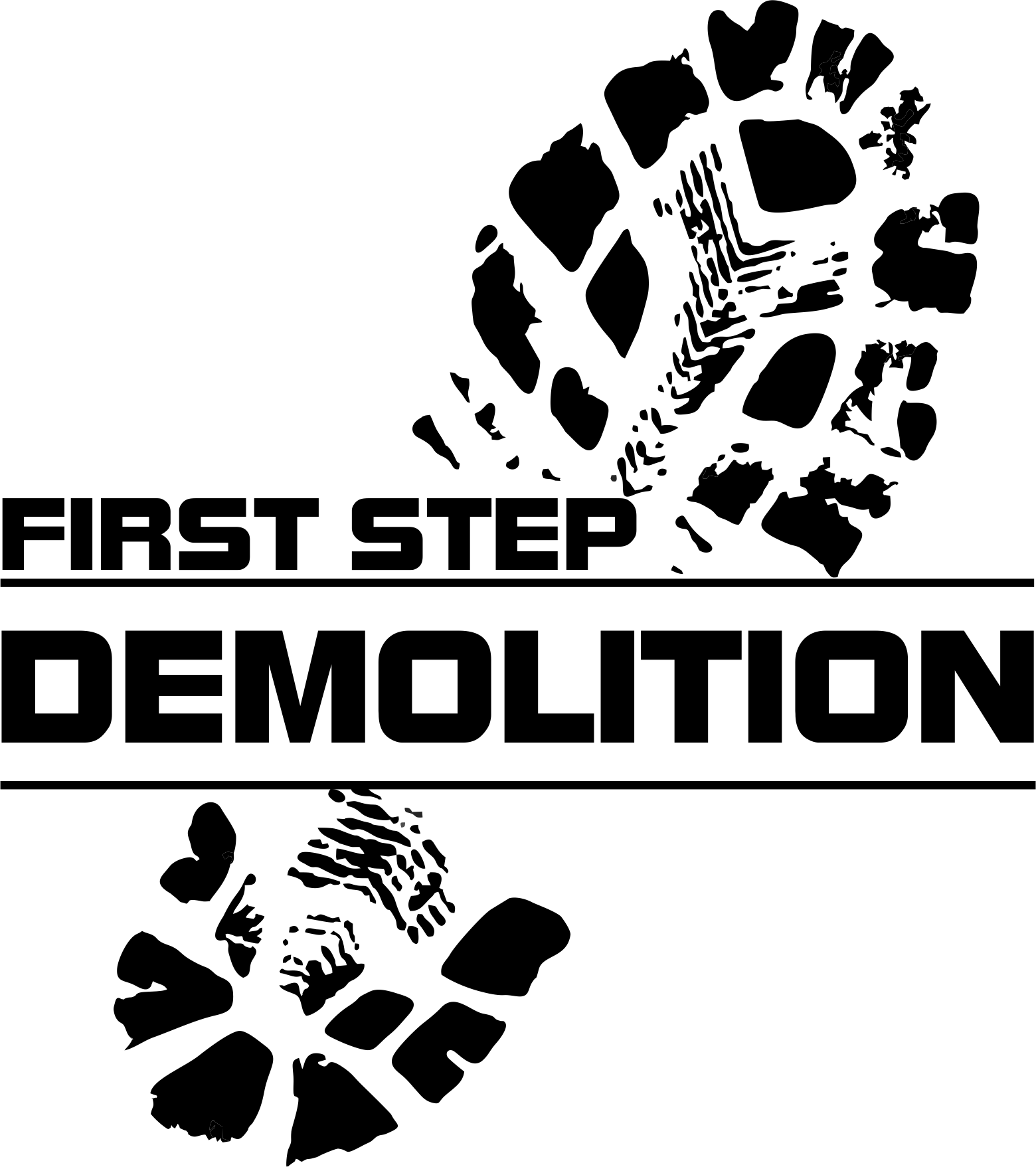Managing Hazardous Materials in Commercial Demolition
In any kind of demolition, dealing with hazardous materials is always inevitable. Commercial demolition projects, for instance, are highly complex operations. It requires meticulous planning and execution in order to have a successful demolition. One of the critical aspects that need special attention is the management of hazardous materials. As we know, the presence of hazardous substances can pose significant health risks and environmental challenges. That is exactly what we are going to discuss in this blog post. We will dive deep into the steps and best practices for managing hazardous materials during commercial demolition.
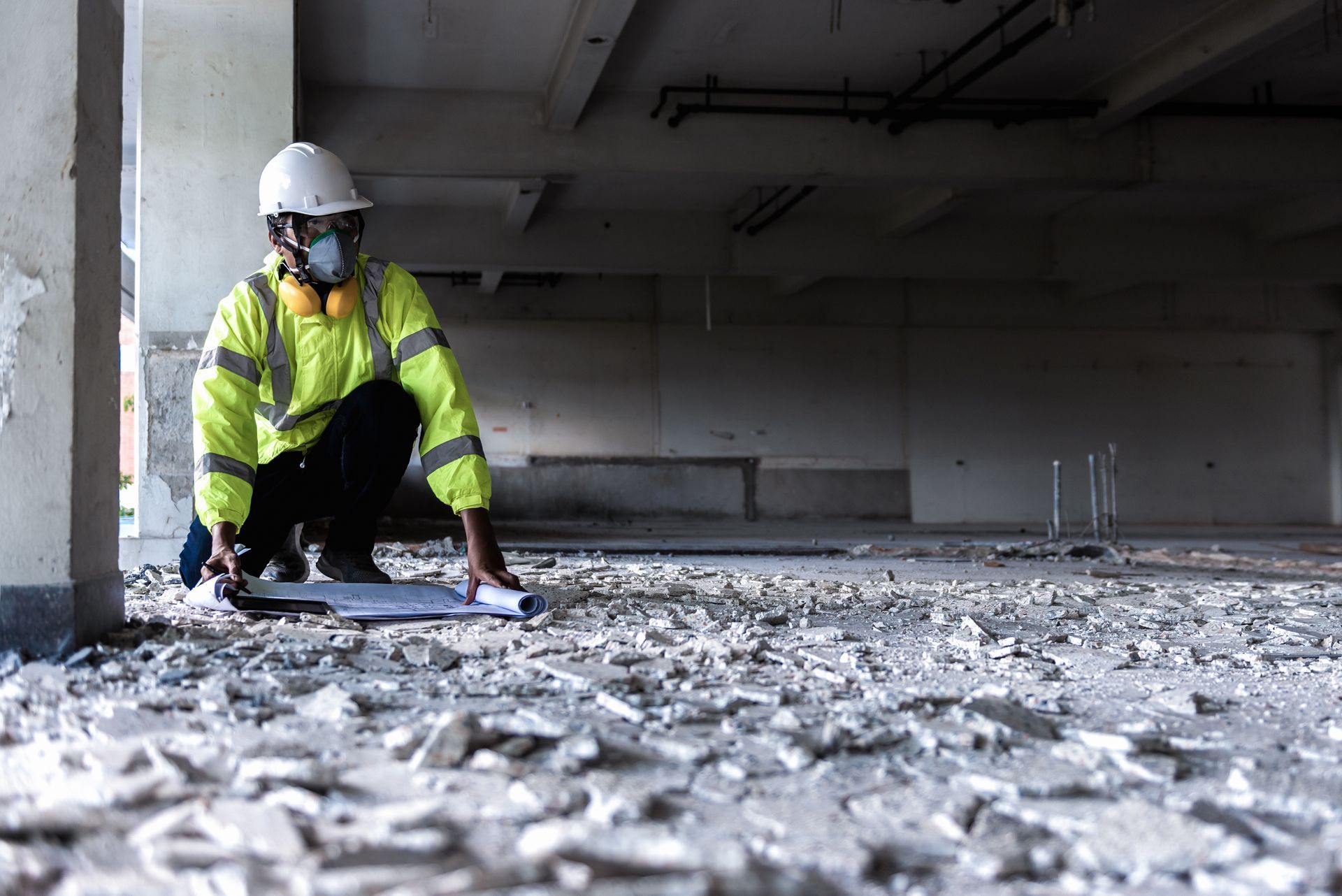
How To Manage Hazardous Materials During Commercial Demolition
Knowing how to manage and deal with hazardous materials in a commercial demolition is essential for all contractors to possess. Being able to do so will ensure the success of the entire project from beginning to end. So, below are the seven steps on how to properly manage hazardous materials during a commercial demolition.
7 Steps to Properly Manage Hazardous Materials in Commercial Demolition
Step 1: Identifying Hazardous Materials
The first step in managing hazardous materials is identifying their presence in the demolition site. Common hazardous substances found in buildings include asbestos, lead, PCBs (polychlorinated biphenyls), mercury, and certain types of paints and solvents. A thorough inspection by certified professionals is essential to identify and assess these materials.
Step 2: Legal Compliance and Safety Protocols
Once hazardous materials are identified, it's crucial to comply with local, state, and federal regulations governing their removal and disposal. These regulations are designed to protect workers, the public, and the environment from potential harm. Make sure that your demolition team is aware of and adheres to these regulations.
Step 3: Specialized Removal of Hazardous Materials
The removal of hazardous materials should be performed by trained and certified professionals. This process often requires specialized techniques and equipment. For example, asbestos must be wetted down and removed with care to prevent fibers from becoming airborne. Similarly, lead-based paints need to be removed using methods that minimize dust. These procedures of removing hazardous materials require certain expertise and training.
Step 4: Ensuring Worker Safety
Protecting the health and safety of demolition workers is paramount. This includes providing them with appropriate personal protective equipment (PPE). The most common PPEs worn by workers are respirators, protective suits, and gloves. It's also important to conduct regular health monitoring and safety training sessions to ensure that workers are aware of the risks and know how to protect themselves.
Step 5: Proper Disposal of Hazardous Waste
Disposing of hazardous materials requires adherence to specific procedures to prevent environmental contamination. This includes transporting the materials to designated facilities that are equipped to handle hazardous waste. Keeping accurate records of the disposal process is also essential for regulatory compliance and future reference.
Step 6: Community Safety and Communication
It's important to consider the safety of the surrounding community during the demolition process. This involves implementing measures to prevent the release of hazardous materials into the environment and communicating with local residents and businesses about the demolition plan and safety precautions. Sometimes a commercial demolition can be a big project with a wide scope of land responsibilities, hence the surrounding areas must be informed.
Step 7: Emergency Response Plan
The final step is of course having an emergency response plan. Despite the best planning and precautions, emergencies can occur and are unavoidable. Having an emergency response plan in place is crucial for quickly and effectively addressing any incidents involving hazardous materials. This plan should include procedures for containment, evacuation, and notifying relevant authorities.
Conclusion
Being able to properly manage hazardous materials during a commercial demolition is vital. Managing hazardous materials in commercial demolition is a critical aspect that requires expertise, careful planning, and adherence to safety and environmental regulations. By following best practices and employing skilled professionals, demolition projects can be executed safely and responsibly, minimizing risks to workers, the public, and the environment. Remember, the successful management of hazardous materials is not just a regulatory requirement but a commitment to health, safety, and sustainability.
First Step Demolition
Are you planning a commercial demolition project and concerned about the presence of hazardous materials? Don't let the complexity of handling dangerous substances put your project at risk. Contact First Step Demolition today! Our team of experts specializes in the safe and efficient management of hazardous materials in commercial demolition. At First Step Demolition, we prioritize safety, compliance, and environmental responsibility.
We understand the challenges and risks associated with hazardous materials, and we're equipped to handle them with precision and care.
The following are the services that we offer for commercial demolition:
Thorough Site Inspections:
We conduct detailed assessments to identify all hazardous materials present in your demolition site.
Regulatory Compliance: Our team stays up-to-date with the latest regulations to ensure your project complies with all local, state, and federal laws.
Specialized Removal Techniques:
We employ certified professionals who use state-of-the-art techniques and equipment for the safe removal of hazardous materials.
Worker Safety Training: We're committed to the health and safety of our workers, providing them with the necessary protective gear and training.
Environmentally Responsible Disposal: We ensure that all hazardous waste is disposed of properly, minimizing environmental impact.
Community Safety Measures:
We take steps to safeguard the surrounding community and keep them informed throughout the demolition process.
Emergency Preparedness: Our team is ready to respond swiftly and effectively to any emergency situations involving hazardous materials.
Don't let the handling of hazardous materials be an afterthought in your demolition project. Choose First Step Demolition for peace of mind and a commitment to excellence. Contact us today to discuss your project needs and learn how we can help you achieve a safe, compliant, and successful demolition. Let us be your first step towards a hazard-free demolition process!
Feel free to visit our website at
www.firstdemoaz.com or give us a call 623-248-5000 to get started! Our team is looking forward to working with you and helping you properly manage hazardous materials during a demolition.
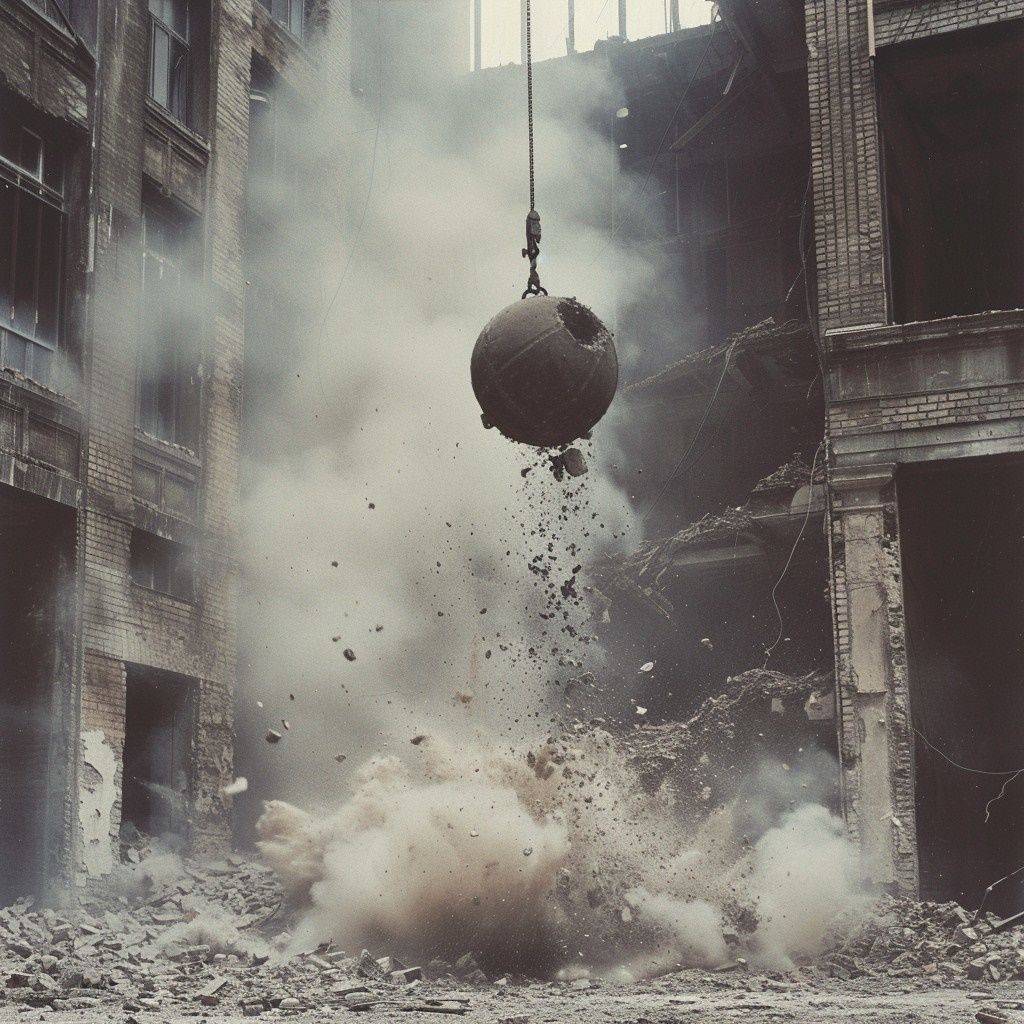
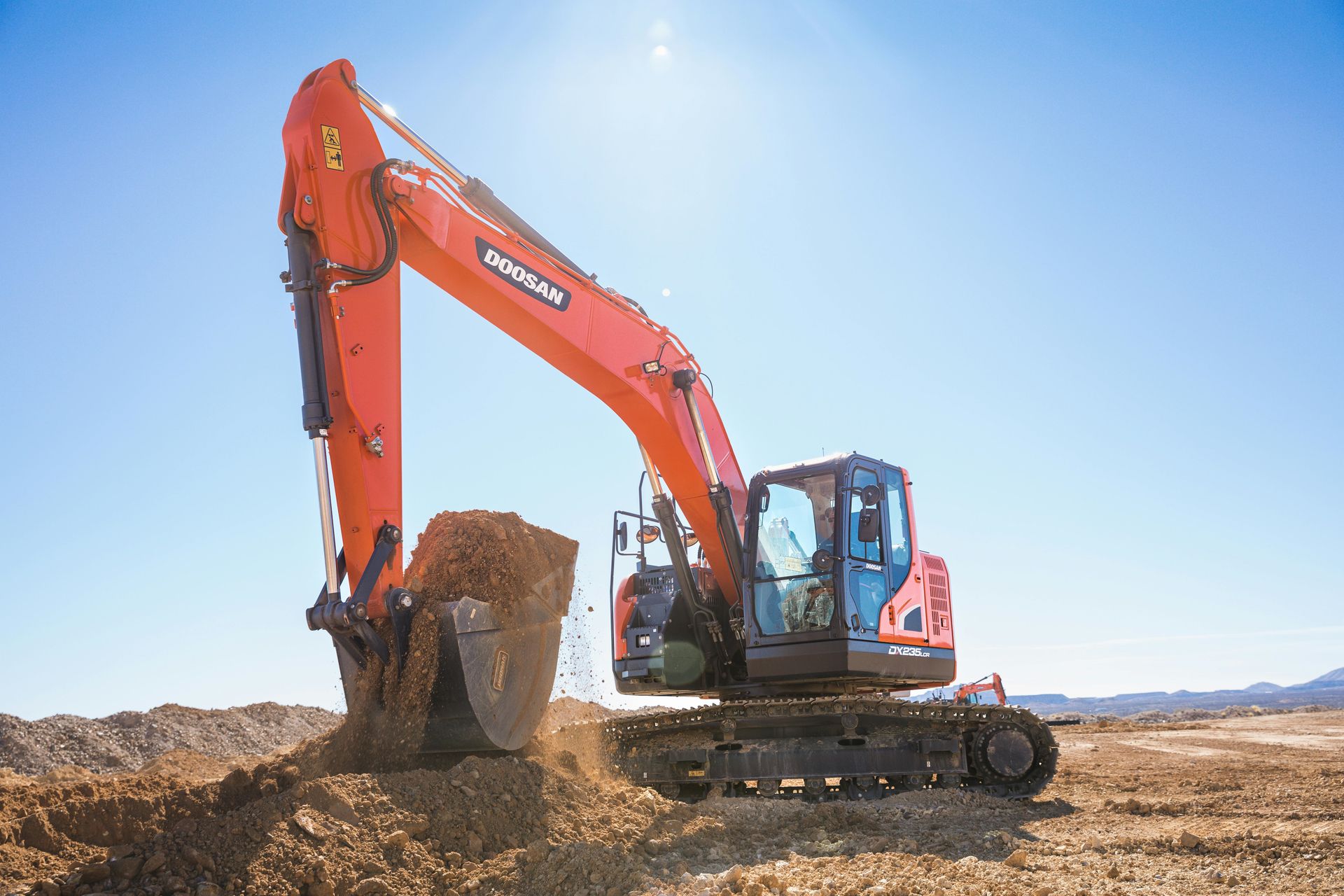
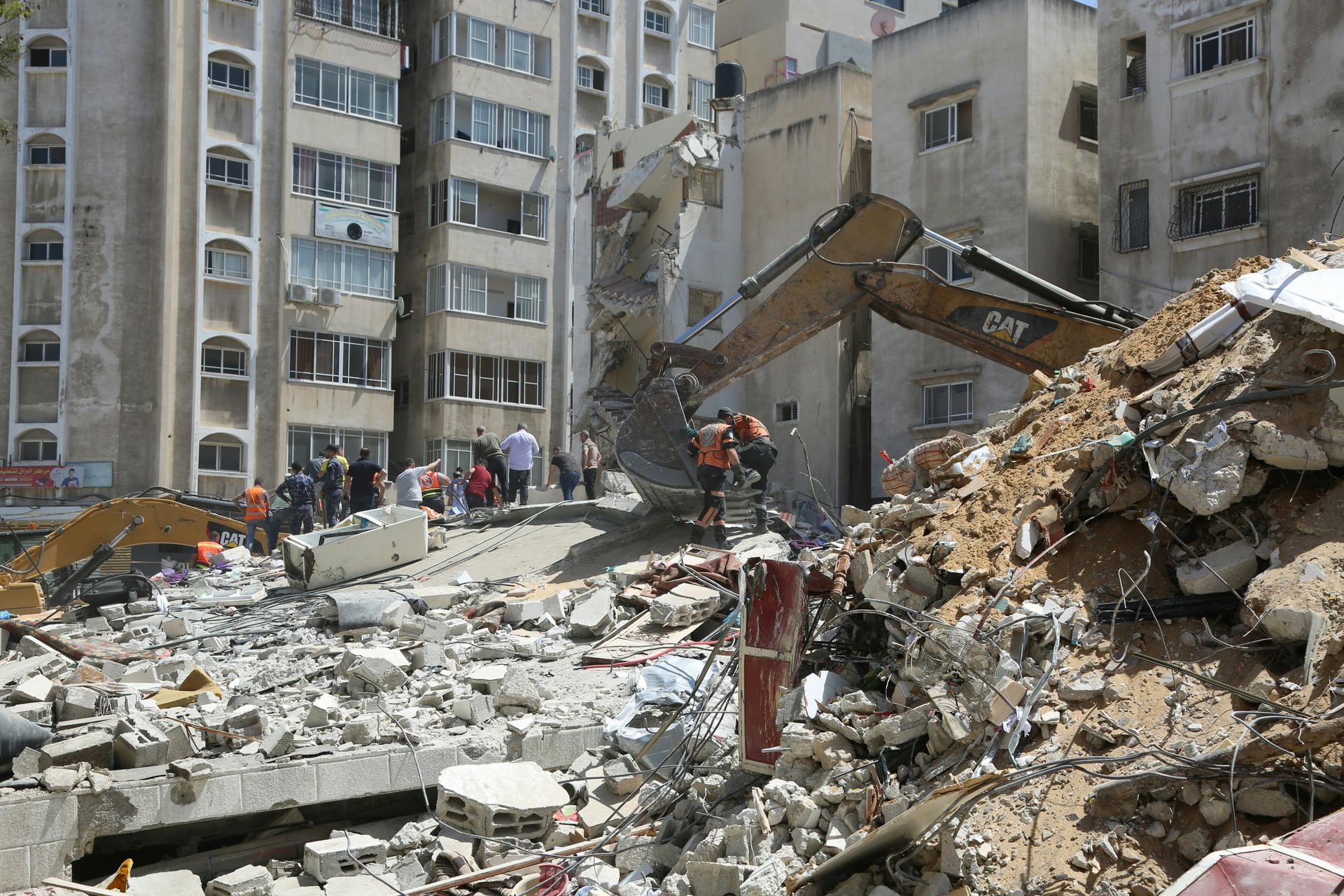
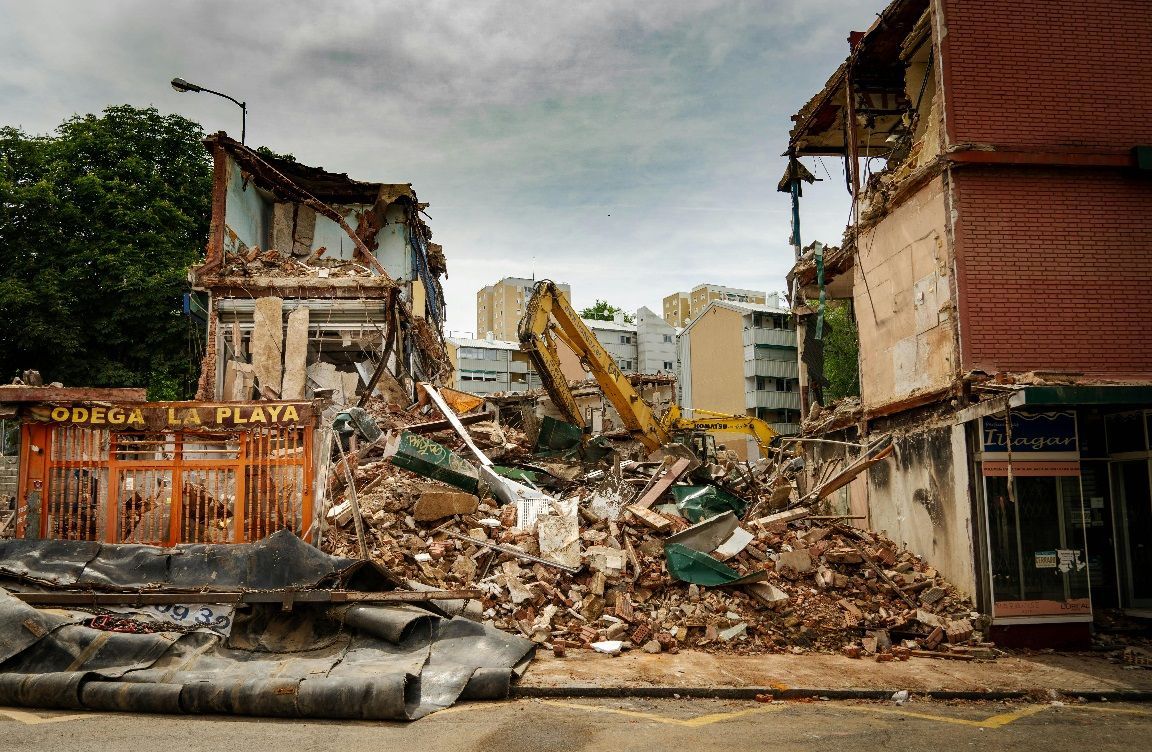
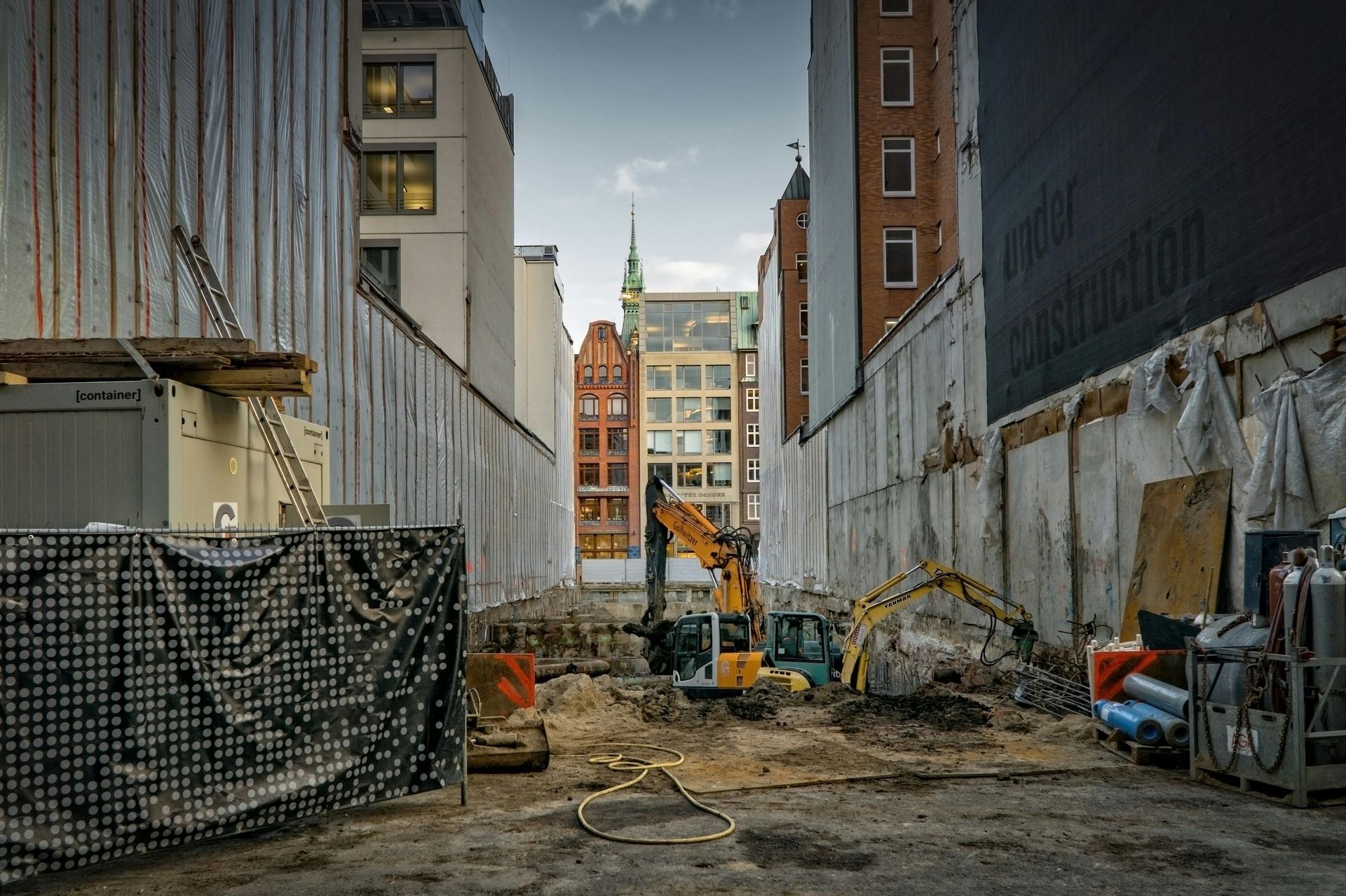
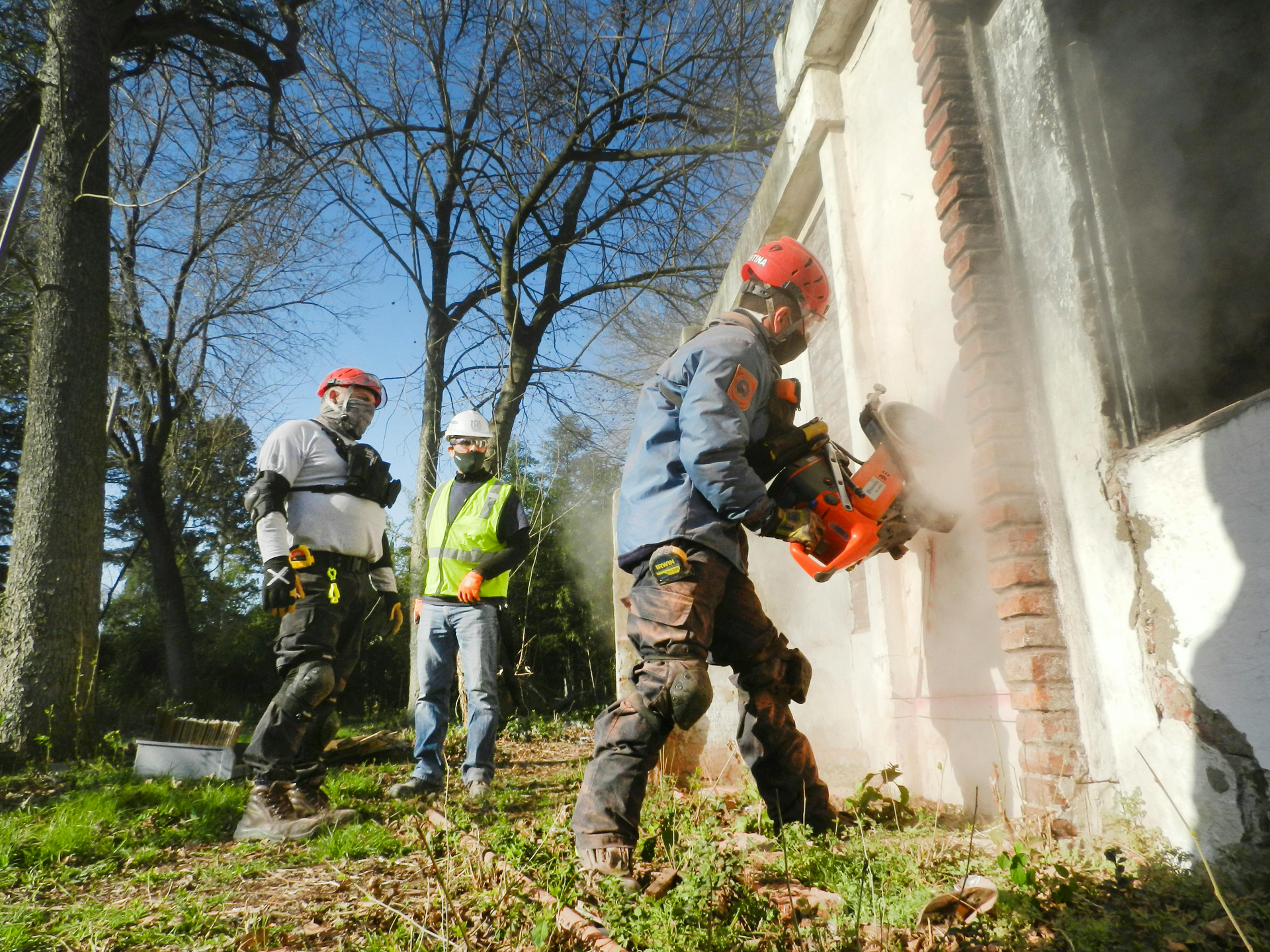


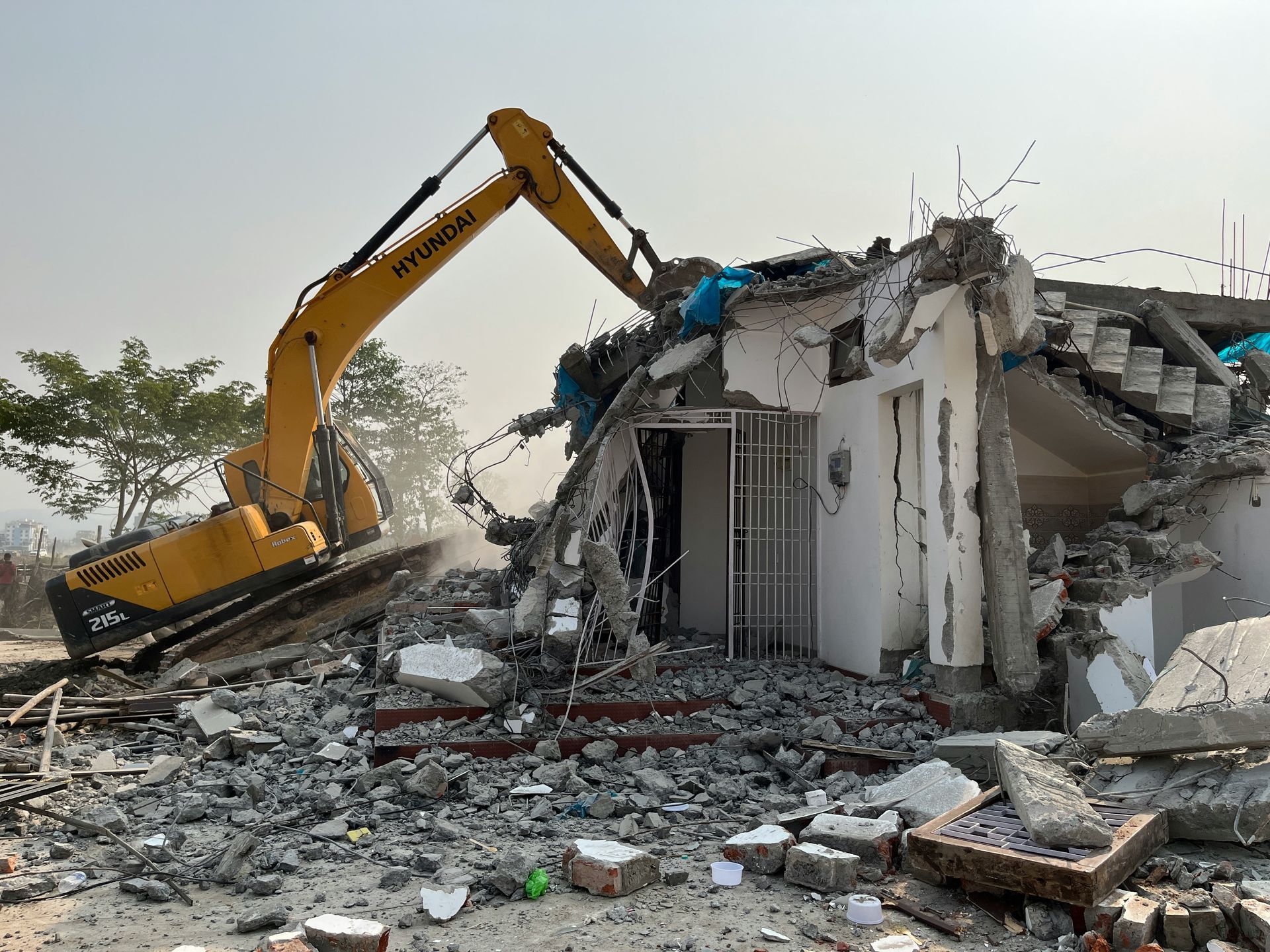
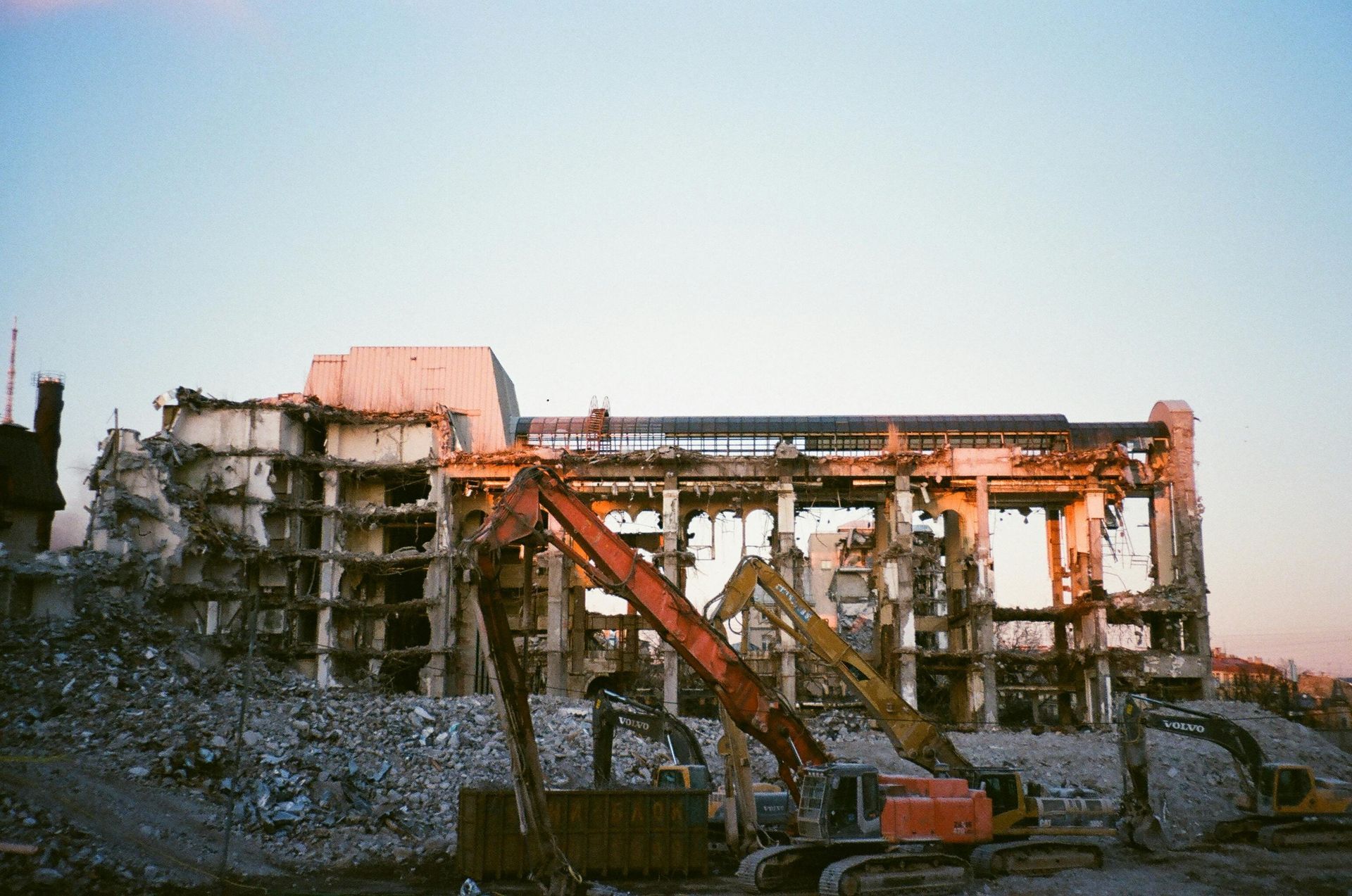
FIRST STEP DEMOLITION PROVIDES COMMERCIAL AND RESIDENTIAL DEMOLITION AND SITE PREP SERVICES TO CUSTOMERS THROUGHOUT ARIZONA.
OUR WEBSITE
OUR COMPANY HAS HIGH SAFETY STANDARDS AND COMPLIES WITH ALL OSHA REQUIREMENTS
Website Designed by: Kickass Websites
